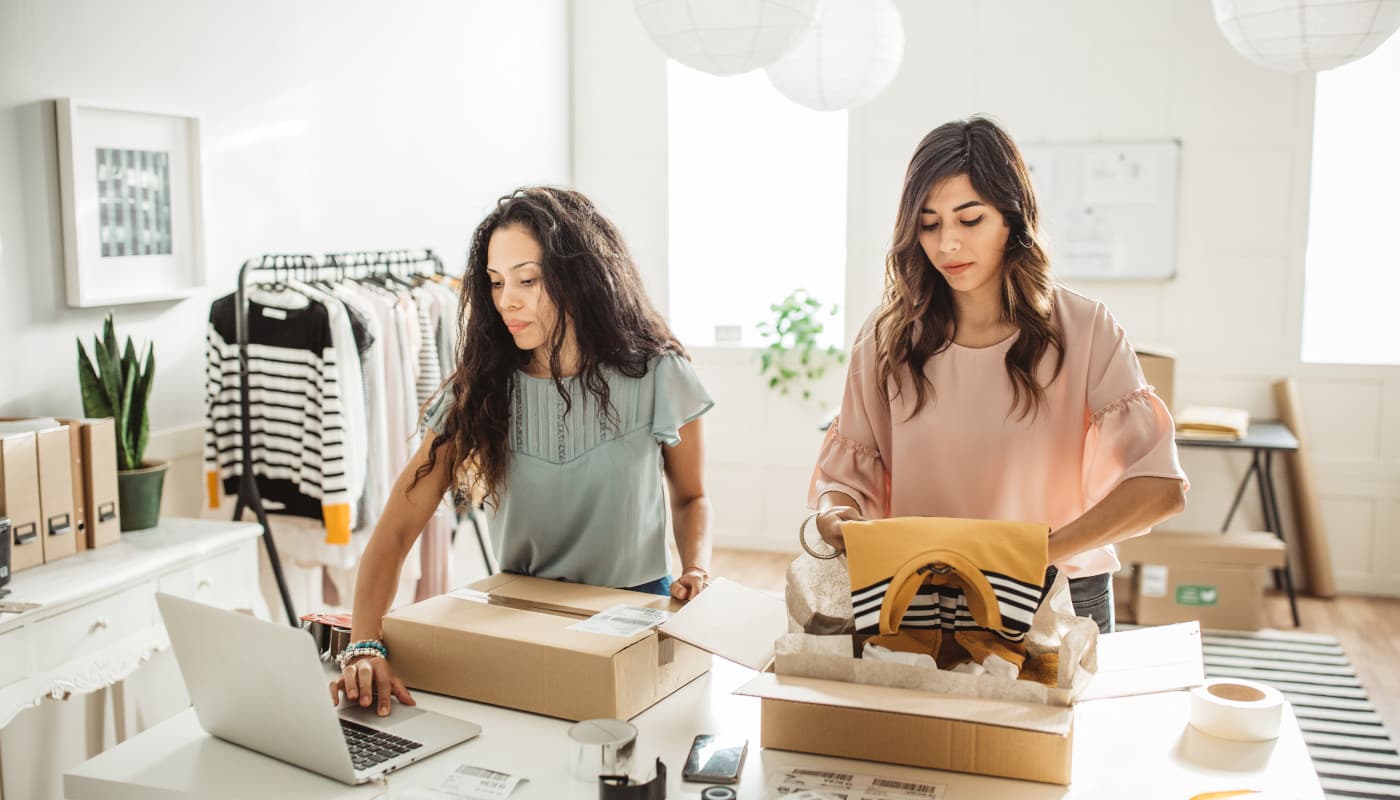What is BOPIS?
Editorial Team
5 min read
There is a growing retail trend in which customers order what they want online before picking up their items at the store. This relatively recent marriage between virtual and in-person shopping also extends to returns; customers can initiate an exchange online before dropping off items at a brick-and-mortar location.
Already popular before COVID-19, both these trends will likely remain permanent fixtures of the retail world once the pandemic subsides. In fact, they already have official names – BOPIS and BORIS.
What is BOPIS – and how does it work?
BOPIS is an acronym for “buy online pick up in store.” As the name suggests, the process starts with a customer ordering something from an eCommerce site. Instead of having the item shipped to the customer’s home (or to an office), the customer can visit that retailer’s brick-and-mortar store to retrieve the item in-person.
What is BORIS – and how does it work?
BORIS is an acronym for “buy online return in store.” It works in much the same way as its BOPIS counterpart – except the goal is to return or exchange an item. A customer initiates the process through the original retailer’s eCommerce site. Thereafter, the individual goes directly to that brick-and-mortar location to return the item.
What are the benefits of BOPIS and BORIS?
eCommerce has always been heralded as the most convenient form of shopping. After all, customers can buy and receive items at their leisure without leaving their homes. BOPIS and BORIS offer important advantages over both retail shopping and eCommerce ordering. Below are just some of the reasons why this retail trend is on the rise.
1. Greater control
Even with lockdown restrictions, schedules sometimes prevent customers from being home to receive incoming packages. This means customers may miss initial delivery attempts, forcing them to retrieve items at post offices or courier centers. Even worse is the ever-present threat of package theft if delivery drivers leave items at the door.
With BOPIS and BORIS, however, customers can set their schedules – ordering, picking up, and dropping off at times that suit them. Because the handoff is always in-person, this eliminates the risk of porch theft.
2. Faster deliveries
In most cases, an item that’s ordered online is already in stock at the eCommerce merchant’s closest physical store. A customer can reduce the wait normally associated with eCommerce delivery by simply visiting the brick-and-mortar retailer in-person.
For customers who want their items on-demand, this is a blessing. For merchants, this speed also translates to larger sales. More than two-thirds of BOPIS users load their shopping carts more precisely because they don’t have to wait.1
3. Higher savings
When items are in stock, customers no longer have to pay for delivery. In fact, an estimated 65% of BOPIS users deliberately choose this option to avoid shipping charges.2 These savings also extend to you, the merchant. In 2021, online retailers are increasingly expected to offer free shipping options. By encouraging customers to choose BOPIS and BORIS, you’re able to reduce delivery expenses.
4. More sales
One of the biggest challenges merchants face involves getting customers through the door or to their website. BOPIS and BORIS ensure that every customer makes at least two visits – one online and one in-person. Although many of these users will come in and leave right away, some customers may browse and end up buying additional items that they hadn’t originally intended to purchase.
5. Safer shopping
BOPIS and BORIS provide a safer shopping experience – at least compared to traditional in-person retail. That’s because customers can reduce the amount of time they spend intermingling with others as they browse the floor and wait in line. This partially explains why BOPIS and BORIS gained even greater popularity during the pandemic.
Are there downsides of BOPIS and BORIS?
From a consumer perspective, there aren’t many downsides. Both of these trends represent additional shopping options that don’t necessarily replace at-home deliveries or in-person retail. If anything, consumer demand is the driving force behind BOPIS’s 40% growth since 2018.3
As a merchant, however, there is some setup involved. You need to fuse the virtual and physical components of your stores to ensure seamless delivery. Below are some tips to help you get started.
BORIS and BOPIS best practices
Before offering buy online pick up in store options to your customers, you’ll need to:
- Update your online store’s checkout process so that it includes pickup options in addition to traditional delivery
- Ensure that purchases initiated online are able to communicate with your physical store – complete with automated inventory management and order fulfillment
- Train staff how to fulfill incoming orders seamlessly. This is particularly important for the brick-and-mortar team, since they might only have 10 or 15 minutes before a customer walks through the door to pick up an item
- Designate an area in your store specifically for retrievals. Doing so minimizes the amount of contact among shoppers (and employees). Many stores even offer curbside pickup options so that customers never have to set foot inside
- Offer a way for users to verify their identities when coming in-person. Common strategies include QR scans, confirmation codes, and other contactless authentication technologies
The above also applies to buy online return in store.
Solutions for many business types
At Clover, we offer a range of payment solutions to help eCommerce and brick-and-mortar merchants boost sales and exceed customer expectations. Whether you want to securely accept payments, expand your online ordering capabilities, or offer customers a contactless shopping experience, our PCI-compliant payment and POS solutions can help your business grow.
To learn more, schedule a free consultation with our merchant services team today.
1 “ICSC Finds Over Half of Online Shoppers Use Click-and-Collect,” ICSC, 7 March 2019
2 “Buy Online Pick Up In Store – Statistics and Trends [Infographic],” Invesp, 10 June
3 “BOPIS Strategy In Retail and eCommerce Designed With Examples,” Yieldify, 7 August 2020
Related Posts
Walk-ins or reservations—what’s the right mix for your restaurant?
From food truck to storefront: The concise guide to opening your first permanent location
Popular Topics
Stay in touch
Sign up and learn more about Clover.
Thank you for your subscription!
More posts about starting a small business
eBook





